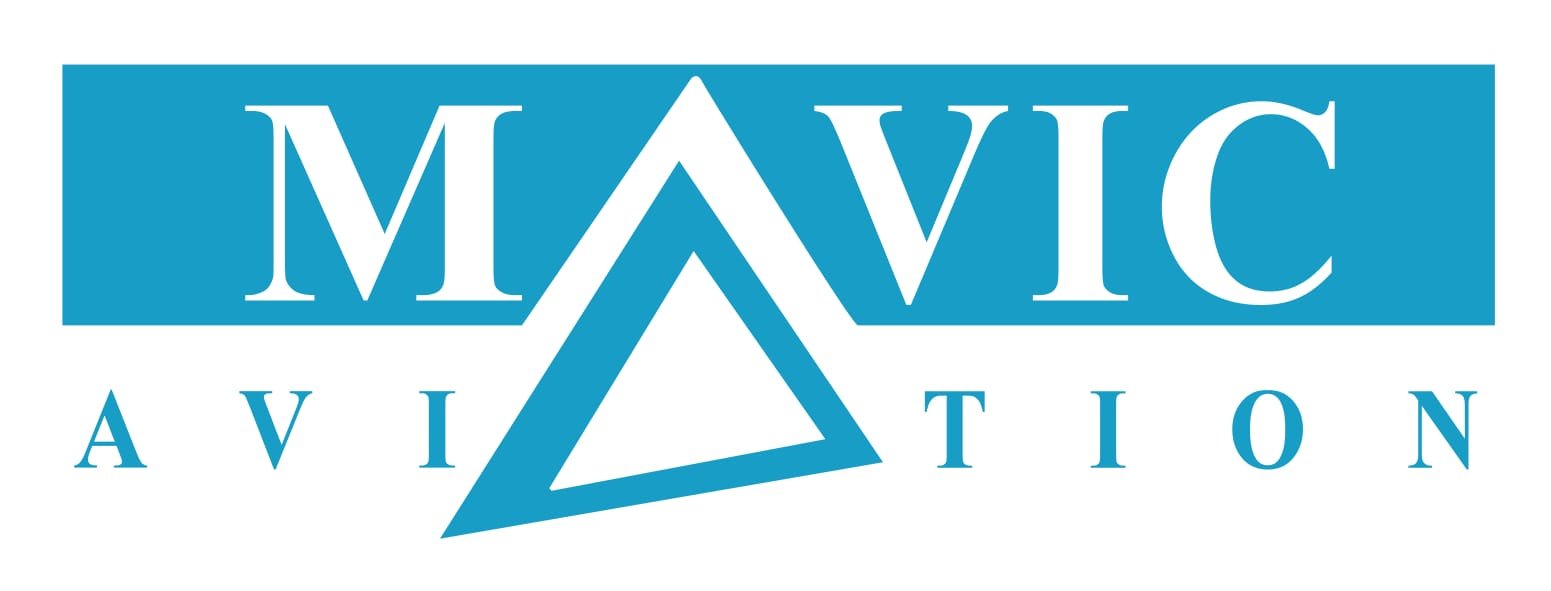Unlock the Depths: Precision Hydrographic Surveys for Insightful Solutions
Our high-resolution hydrographic surveys deliver precise and comprehensive insights into underwater and coastal environments. By utilizing cutting-edge technology, we provide detailed mapping and analysis essential for marine navigation, resource management, and environmental conservation. Whether you’re managing waterways, conducting mineral exploration, or planning coastal developments, our services are designed to meet your needs with accuracy and efficiency.
Key Features:
Advanced Technology: Employing state-of-the-art tools like multi-beam and single-beam sonar, Acoustic Doppler Current Profilers (ADCPs), and drone-based magnetometers.
- Comprehensive Analysis: Offering detailed underwater and subsurface insights for enhanced decision-making.
- Cost and Time Efficiency: Streamlined methods reduce time and costs compared to traditional survey techniques.
- Wide Applicability: Suitable for maritime industries, construction, environmental monitoring, and resource exploration.
- Sustainable Practices: Non-invasive and environmentally friendly survey methods ensure minimal disruption to ecosystems.

1. Bathymetric Survey
Bathymetric surveys measure water body depths and map underwater characteristics. Techniques include multi-beam and single-beam surveys, ADCPs, sub-bottom profilers, and Ecomapper Autonomous Underwater Vehicles. These methods deliver precise data essential for navigation, dredging, and marine development projects.

2. Hydrographic Survey
Light Detection and Ranging (LiDAR) is a remote sensing technique that analyzes the Earth’s surface with remarkable precision. It’s particularly useful for creating high-resolution topographic maps, identifying vegetation layers, and assessing structural details.

3. Drone-Based Magnetometer
Drone-mounted magnetometers revolutionize mineral exploration by providing rapid and cost-effective surveys. They accurately identify mineral deposits, streamlining exploration processes and reducing expenditures.

4. GPR (Ground Penetrating Radar)
Ground Penetrating Radar (GPR) surveys utilize radio waves to create images of subsurface entities without excavation. This geophysical technique is invaluable for archaeological studies, utility detection, and subsurface mapping.
